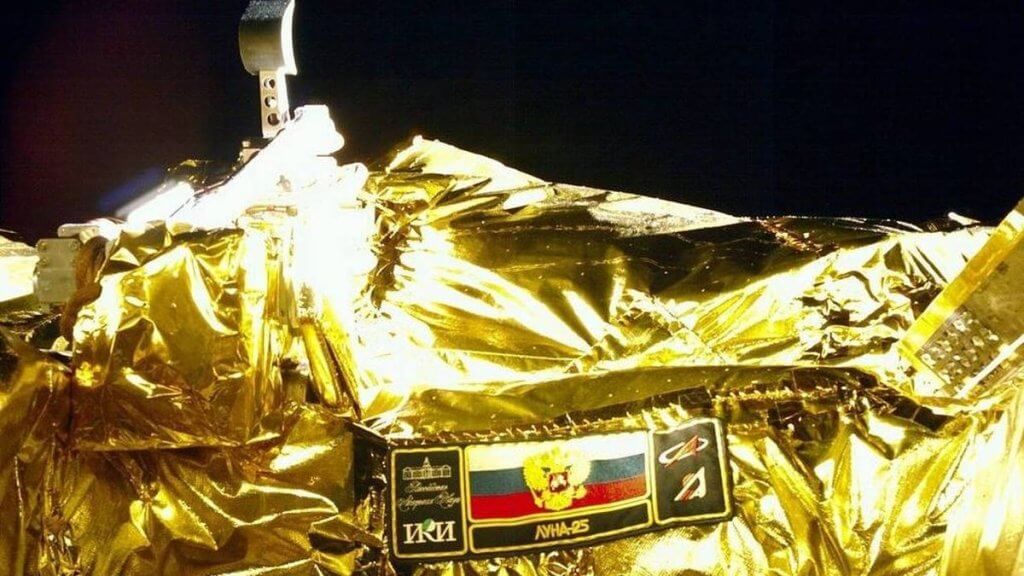
Russia’s Luna-25 moon lander reaches lunar orbit (Image Credit: Space.com)
For the first time in nearly half a century, Russia has made it to the moon.
The nation’s Luna-25 mission — its first moon effort since Luna-24 in 1976, when Russia was part of the Soviet Union — successfully reached lunar orbit, the Russian space agency Roscosmos announced today (Aug. 16). And the spacecraft appears to be in good shape.
“All Luna-25 systems are functioning normally; communication with it is stable. Sessions are being taken to measure the current navigational parameters,” Roscosmos said in a Telegram post today (in Russian; translation by Google).
Related: Russia launches Luna-25 moon lander, its 1st lunar probe in 47 years

Luna-25 launched on Aug. 10, kicking off the first moon mission in modern Russian history.
The probe has been checking its required boxes since, according to Roscosmos. For example, Luna-25 snapped its first photos on Sunday (Aug. 13), which the agency also shared via Telegram.
“These images show the elements of the device’s design against the background of the Earth, from which we have already departed forever, and against the background of the moon, to which we will soon arrive,” Roscosmos wrote on Telegram on Monday (Aug. 14). (translation by Google.)
But Luna-25 still has a huge milestone ahead: A planned touchdown near the moon’s south pole, which the mission aims to attempt five to seven days from now.
If Luna-25 sticks the landing, it will study its intriguing environs for the next year or so using eight science instruments. Among its many tasks will be hunting for water ice, a resource thought to be plentiful in the south polar region.
Luna-25 isn’t the only spacecraft gearing up for a lunar landing: India’s Chandrayaan 3 probe is doing so as well. Chandrayaan 3 launched on July 14, entered lunar orbit on Aug. 7 and plans to land near the moon’s south pole on Aug. 23 or Aug. 24 — roughly the same time as Luna-25, and in the same general area.
The south pole is set to receive human visitors in the not-too-distant future as well. NASA aims to land people there on the Artemis 3 mission, which is targeted to launch in late 2025 or 2026. That touchdown would be the first crewed moon landing since that of Apollo 17 in 1972.
This surge of interest is strongly tied to the south pole’s presumed stores of water ice, which NASA and exploration advocates think could support human outposts and supply propellant for spacecraft headed to Mars and other distant destinations.








